A rolling Dorset estate with a picturesque 'Arts-and-Crafts' farmhouse at its heart
Blackdown House Farm at Briantspuddle was part of the once-great Bladon estate.
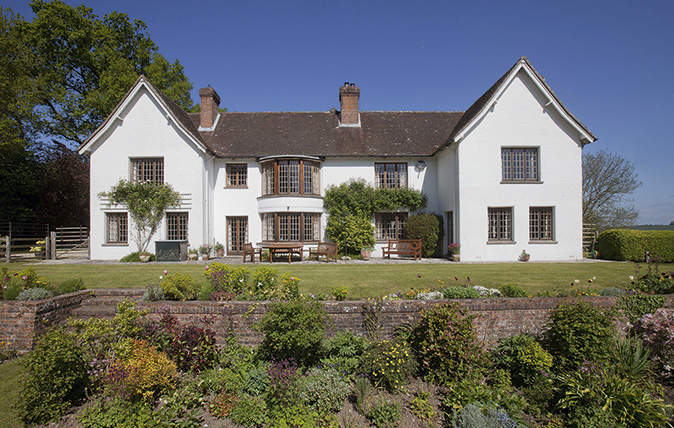

Lord Neill of Bladen's Dorset family home, Blackdown House Farm at Briantspuddle, has come to the market following the death in May 2016 of a man who was a distinguished lawyer and former Vice Chancellor of Oxford University.
The house and estate, 10 miles from Dorchester, is listed at a guide price of £2.45 million, includes a picturesque, 245-acre farm with a substantial 1920s 'Arts-and-Crafts' house – a product of the movement spearheaded by John Ruskin, William Morris and Augustus Pugin – at its centre.
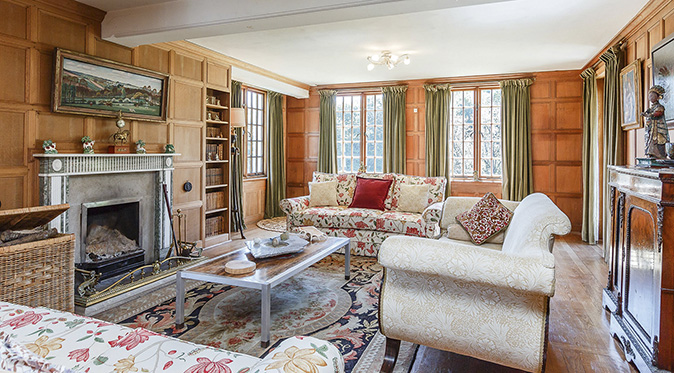
The sale represents the final unravelling of the once-great Bladen estate created by Lord Neill’s wife’s grandfather, Ernest Debenham, in the run-up to the First World War.
The pretty thatched village of Briantspuddle stands alongside water meadows in Purbeck’s tranquil Piddle Valley Conservation Area, some eight miles east of the county town of Dorchester. The village takes its name from Brian de Turberville, its 14th-century lord of the manor, and, in 1683, was owned by William Frampton, who united the manors of Throop, Briantspuddle and Affpuddle into a single estate.
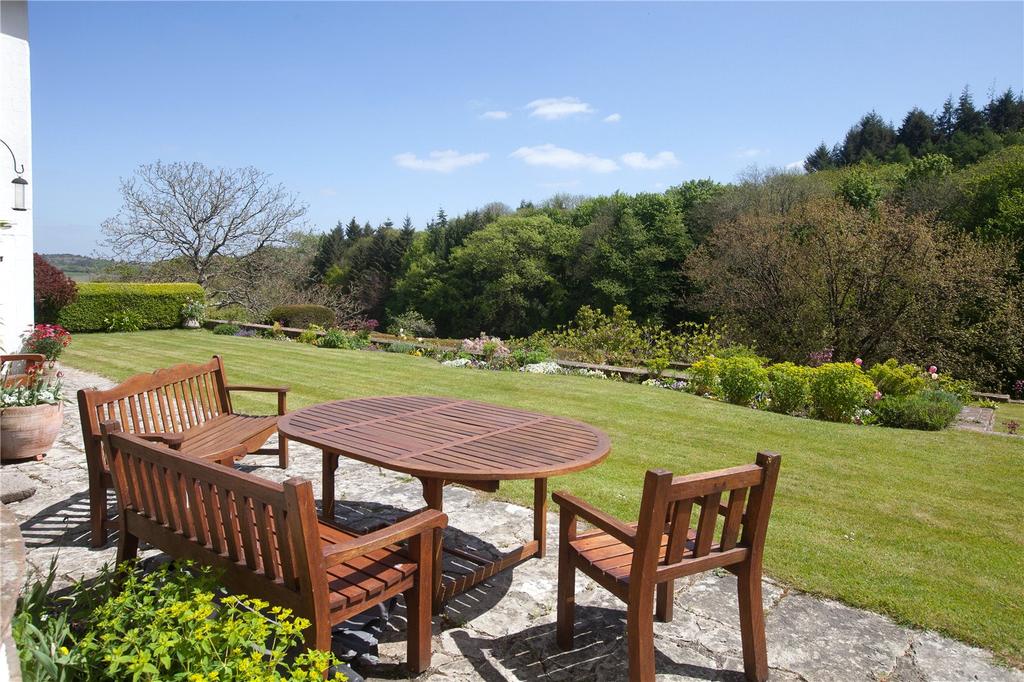
The lands remained in Frampton family hands until 1914, when financial problems forced the sale of part of the estate, including the village of Briantspuddle, to the visionary businessman Ernest Debenham, grandson of William Debenham, the founder of the Debenhams department-store empire.
During his 35 years at the helm of the family firm between 1892 and 1927, Sir Ernest oversaw a rapid expansion of its operations and, by the early 1900s, was a very wealthy man when he decided to adapt modern business methods to farming.
His dream was to create a large-scale, self-sufficient agricultural enterprise that would help to regenerate the rural economy by introducing new technology and centralising production and distribution, thus enabling a larger number of workers to live on the land.
Sign up for the Country Life Newsletter
Exquisite houses, the beauty of Nature, and how to get the most from your life, straight to your inbox.
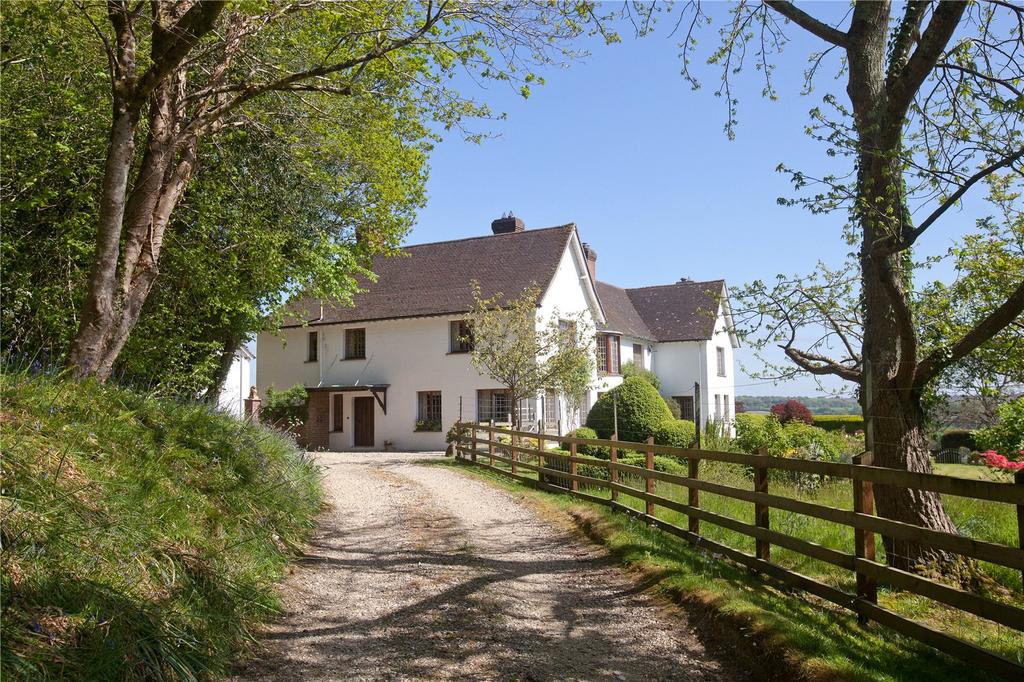
Following his initial acquisition of some 3,500 acres across the villages of Briantspuddle, Affpuddle and Turnerspuddle, Debenham continued to buy land and, at its peak in 1929, his Bladen estate - named after the old form of Blagdon or Blackdown, the hill above Briantspuddle - was farming some 10,000 acres in and around the Piddle valley and providing employment for about 600 workers.
On retiring from business in 1927, Sir Ernest devoted the rest of his life to running his south Dorset estate, the dairy side of which was a notable success, going on to become part of Express Dairies. In 1931, he was awarded a baronetcy for his services to agriculture and, in particular, his work on model farms.
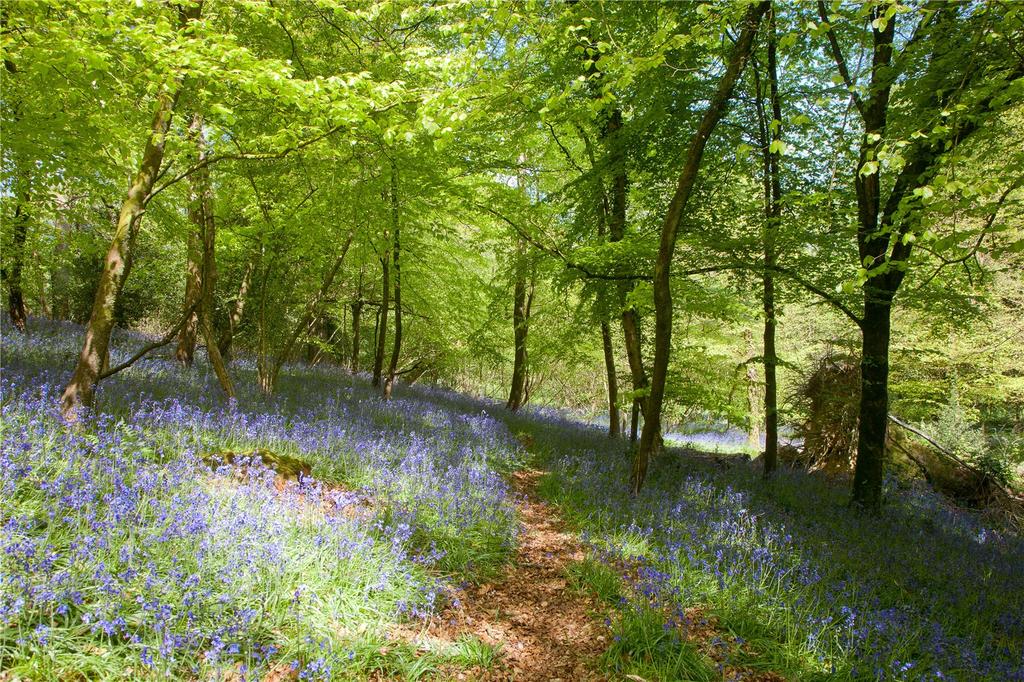
A sleepy hamlet of no more than a dozen thatched houses when Sir Ernest first bought it, Briantspuddle expanded considerably after the First World War, when 40 new thatched cottages - many designed in the Arts-and-Crafts style by Halsey Ricardo and MacDonald Gill - were built to house lucky Bladen estate workers. Each cottage boasted a bathroom, an indoor lavatory, electric lighting, pumped water, a quarter of an acre of garden and a pig pen, so workers could produce their own food.
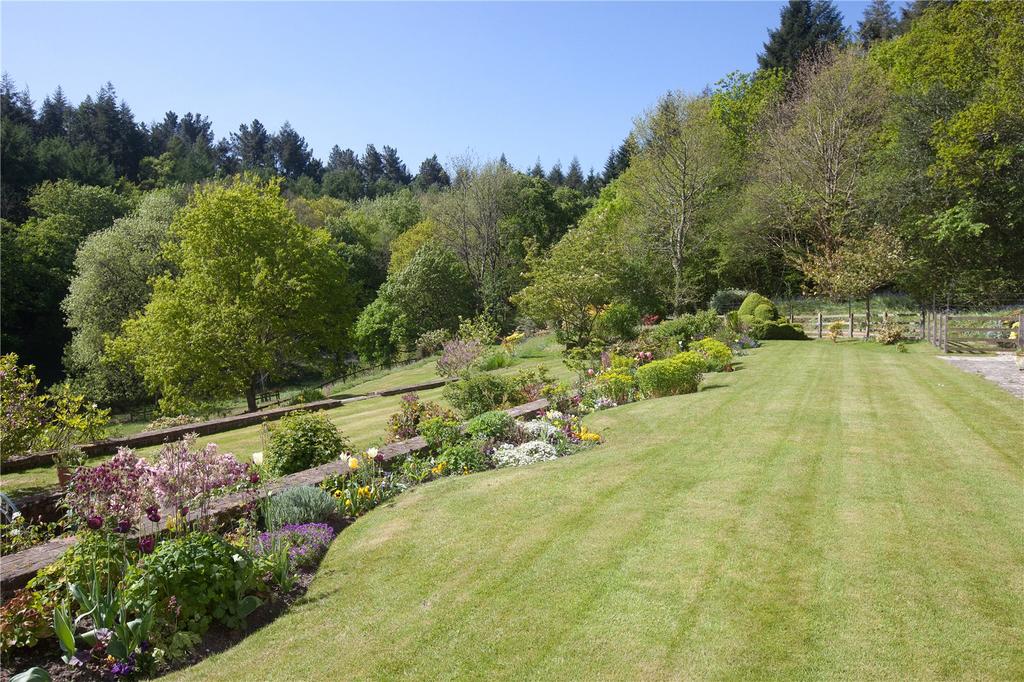
Alas, the postwar years were difficult for both business and farming and the estate needed regular injections of fresh funds to keep it afloat, so when recession hit, the funds dried up and the estate went into terminal decline. In 1943, 19 farms were sold off and, by the time Sir Ernest died in 1952, most of the rest had also gone, as had Briantspuddle’s former workers’ houses - all now much-prized, privately owned family homes.
Blackdown House, which is unlisted, stands in a commanding but private position on the edge of the village, overlooking mature gardens, parkland currently farmed in hand and, reflecting the Debenham family’s well-known passion for forestry, interspersed with small woodland glades and larger blocks of woodland.
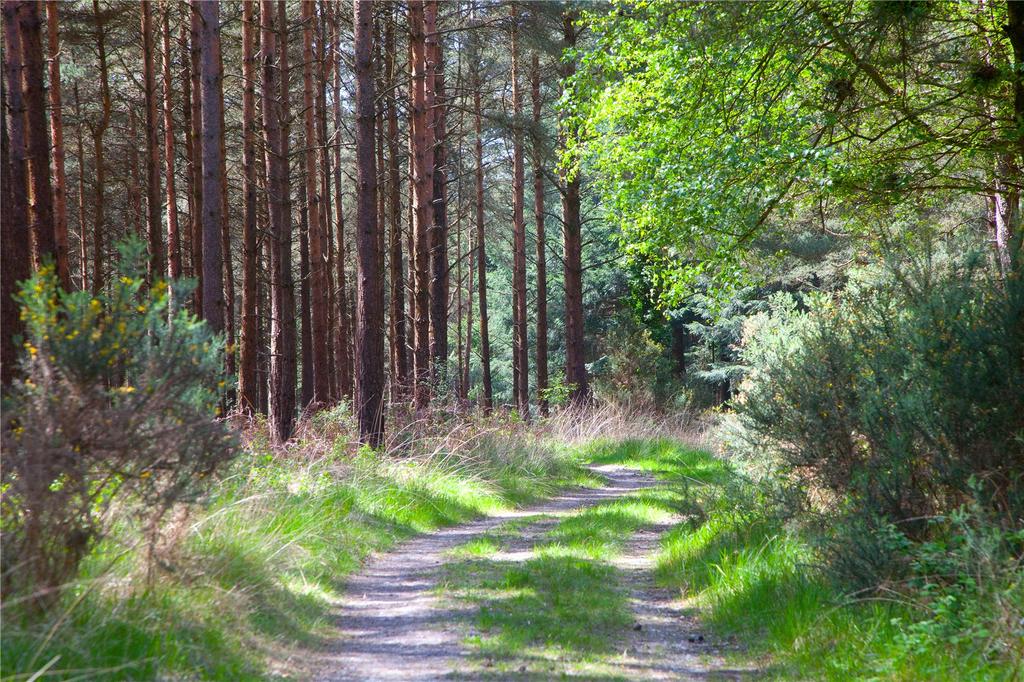
Although little changed since it was first built and now in need of updating, the appealing, eight-bedroom house offers 5,200sq ft of cheerful, light-filled living space, with impressive fireplaces and wooden flooring in the main ground-floor rooms.
It comes with a detached two-bedroom stable flat, traditional stabling, garaging and office space, a selection of working farm buildings with separate access, together with pasture and amenity and commercial woodland - some for sale separately in up to five lots.
The house is for sale at £2.45 million through Strutt & Parker and Symonds & Sampson - see more pictures and details.
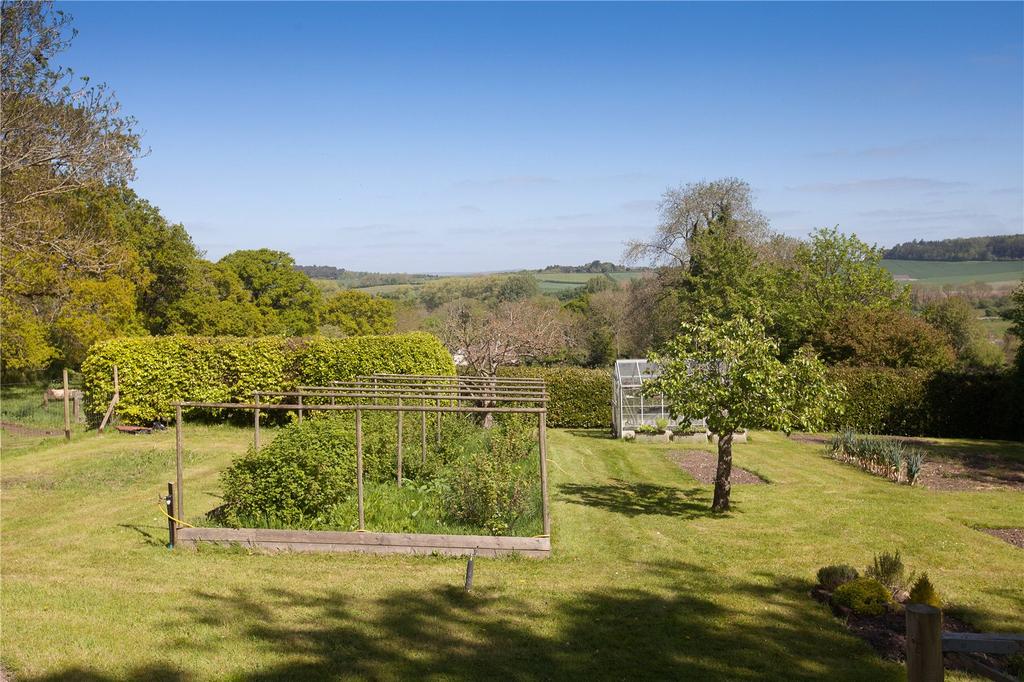
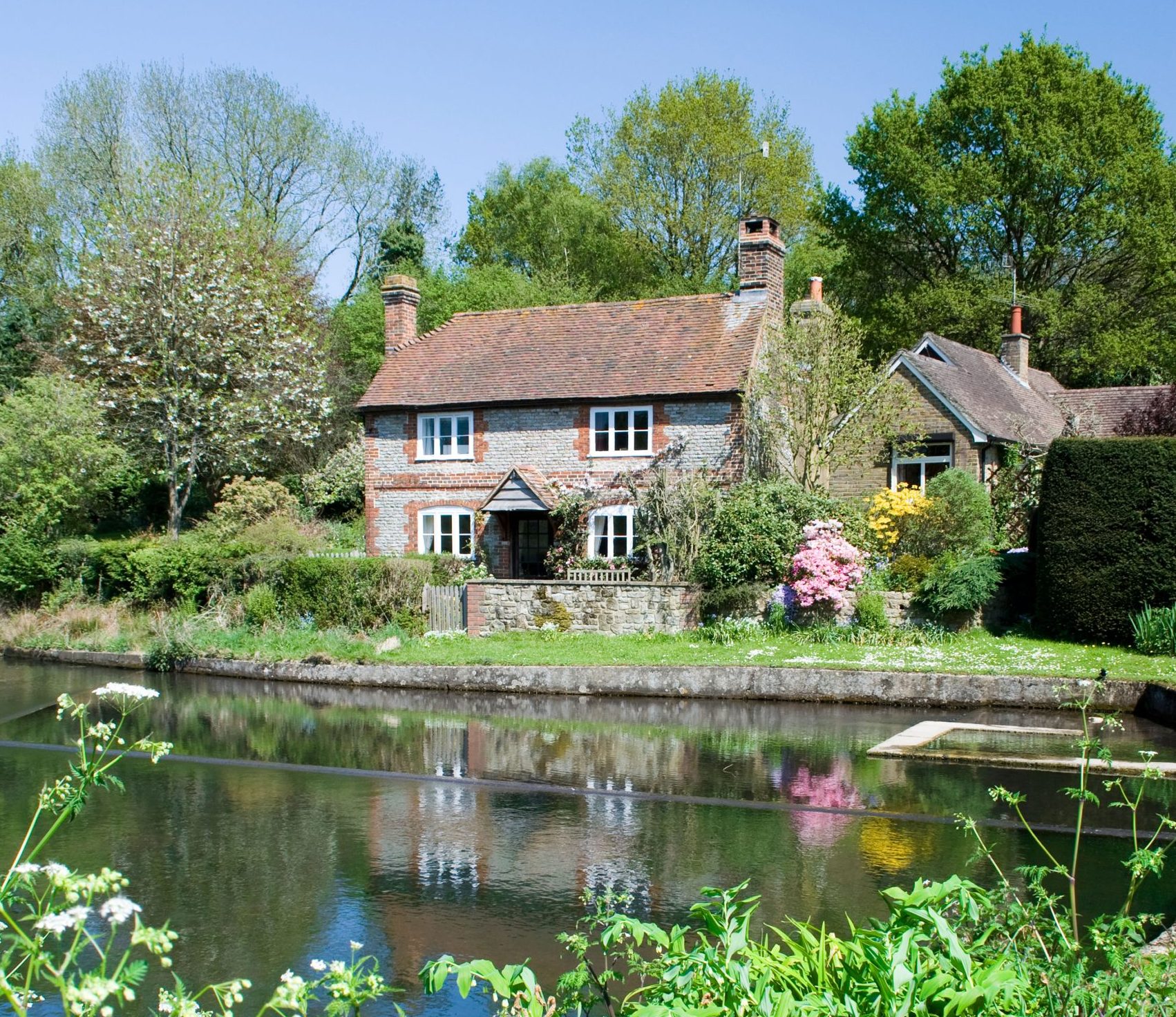
Credit: Alamy
Seven golden rules for selling a country house
With coronavirus now seemingly past its peak in Britain, we're tentatively beginning to look ahead to how life will get
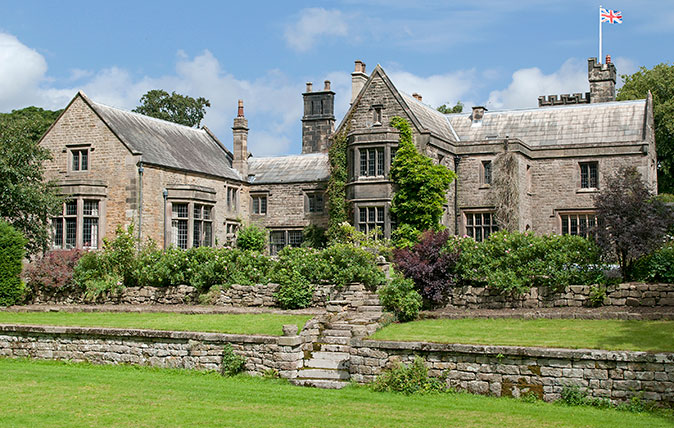
A stunning estate in the heart of the Peak District
In the same family since the mid 1700s, Nether Hall sits on the banks of the River Derwent.
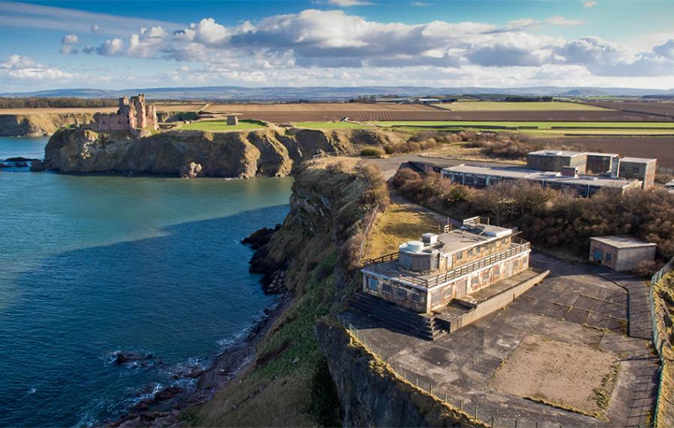
The WW2 naval base set to become an incredible clifftop home near Edinburgh
Gin Head, near North Berwick, was instrumental in our success of the D-Day landings.
-
 Why British designers dream up the most desirable hotels
Why British designers dream up the most desirable hotelsWhen it comes to hotel design, the Brits do it best, says Giles Kime.
By Giles Kime Published
-
 The five minute guide to 'The Great Gatsby', a century on from its publication
The five minute guide to 'The Great Gatsby', a century on from its publication'The Great Gatsby' sold poorly the year it was published, but, in the following century, it went on to become a cornerstone of world literature.
By Carla Passino Published
-
 Five beautiful homes, from a barn conversion to an island treasure, as seen in Country Life
Five beautiful homes, from a barn conversion to an island treasure, as seen in Country LifeOur pick of the best homes to come to the market via Country Life in recent days include a wonderful thatched home in Devon and a charming red-brick house with gardens that run down to the water's edge.
By Toby Keel Published
-
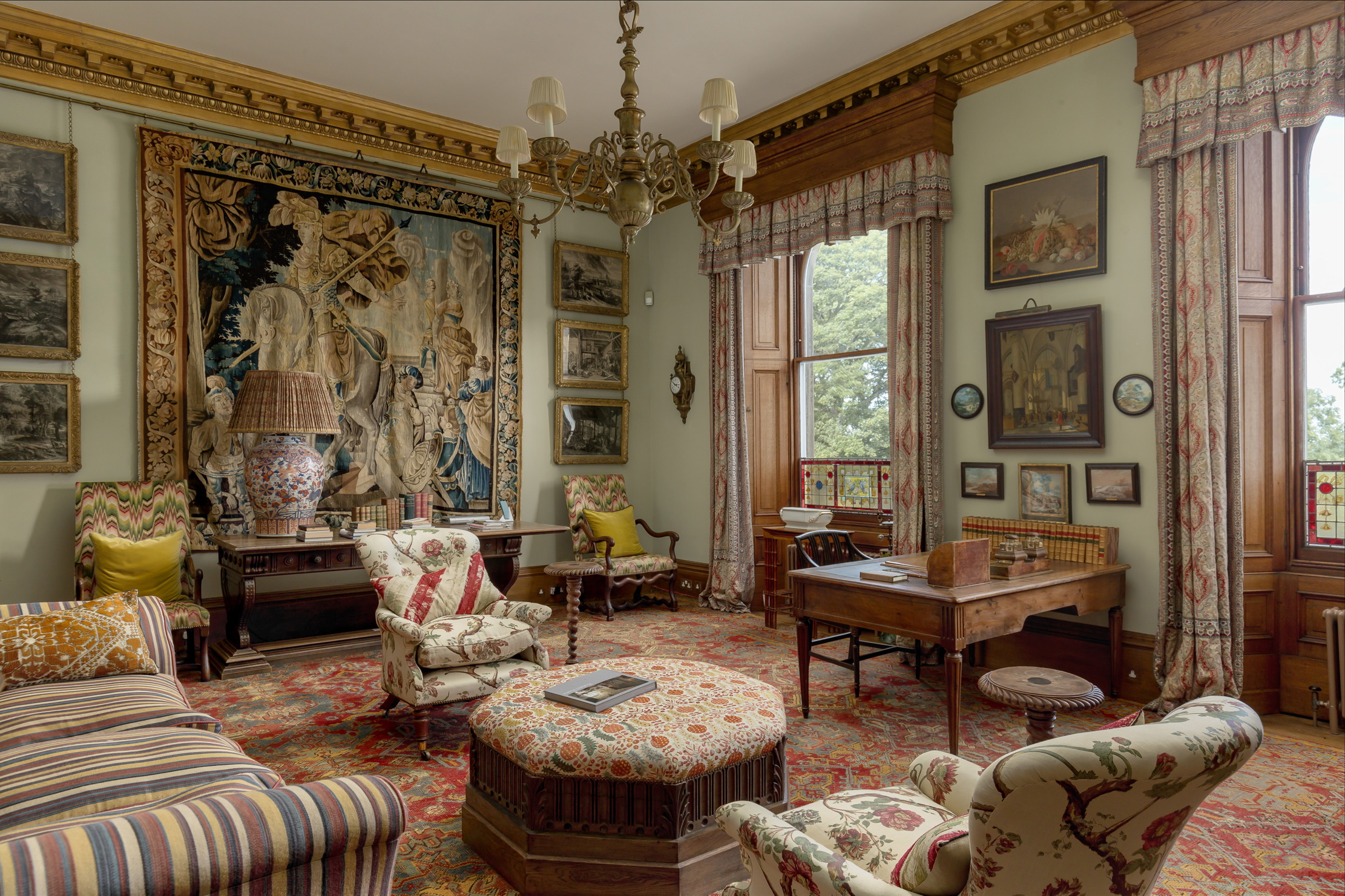 The finest interiors in Edinburgh? A seven-bedroom townhouse furnished by Robert Kime comes to market
The finest interiors in Edinburgh? A seven-bedroom townhouse furnished by Robert Kime comes to marketSituated on one of the New Town's grandest terraces, this four-storey property is a collector's dream.
By James Fisher Published
-
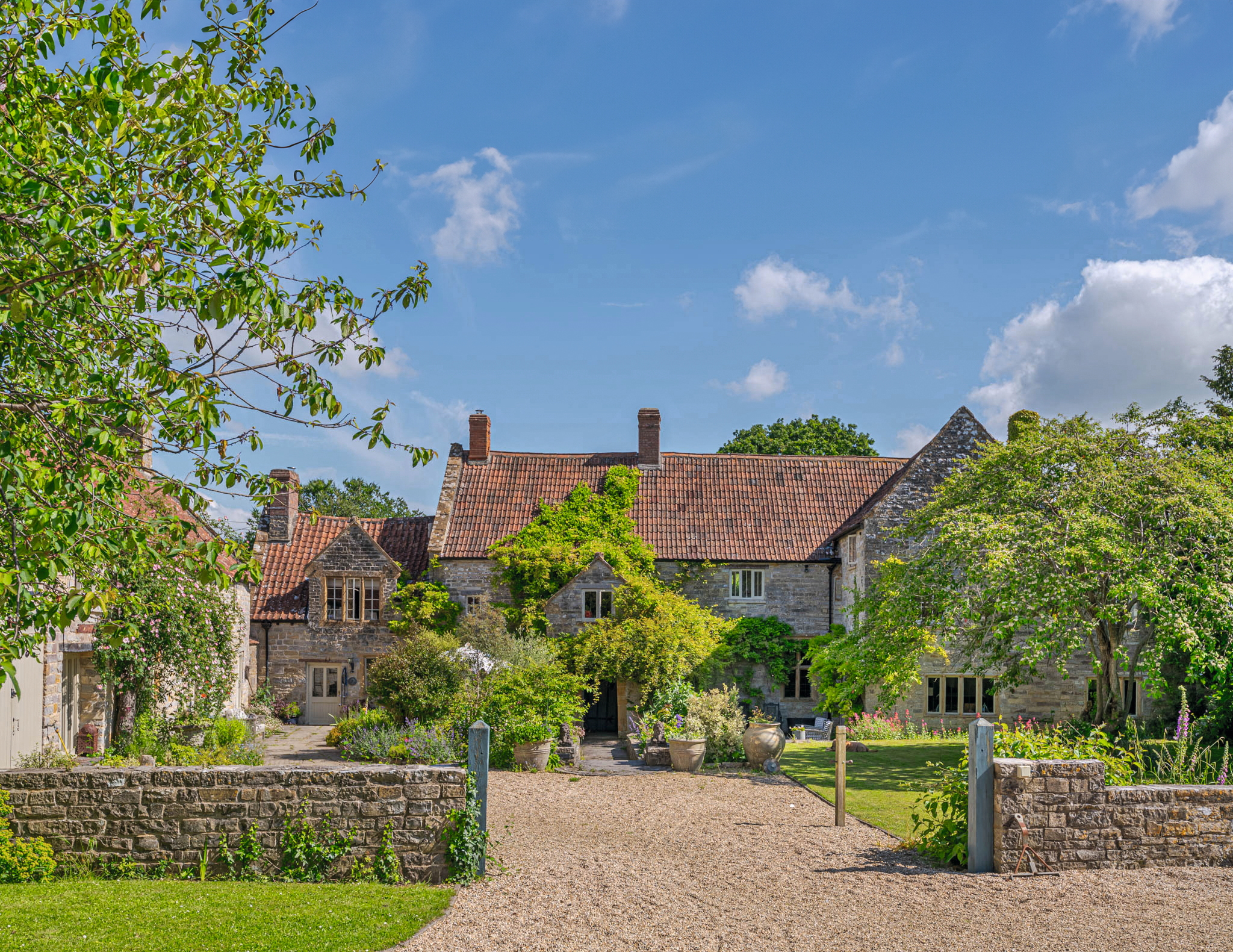 A Grade II*-listed country manor with one of the most beautiful drawing rooms in England
A Grade II*-listed country manor with one of the most beautiful drawing rooms in EnglandIf Old Manor Farm in Somerset is good enough for Pevsner, it's good enough for you.
By Penny Churchill Published
-
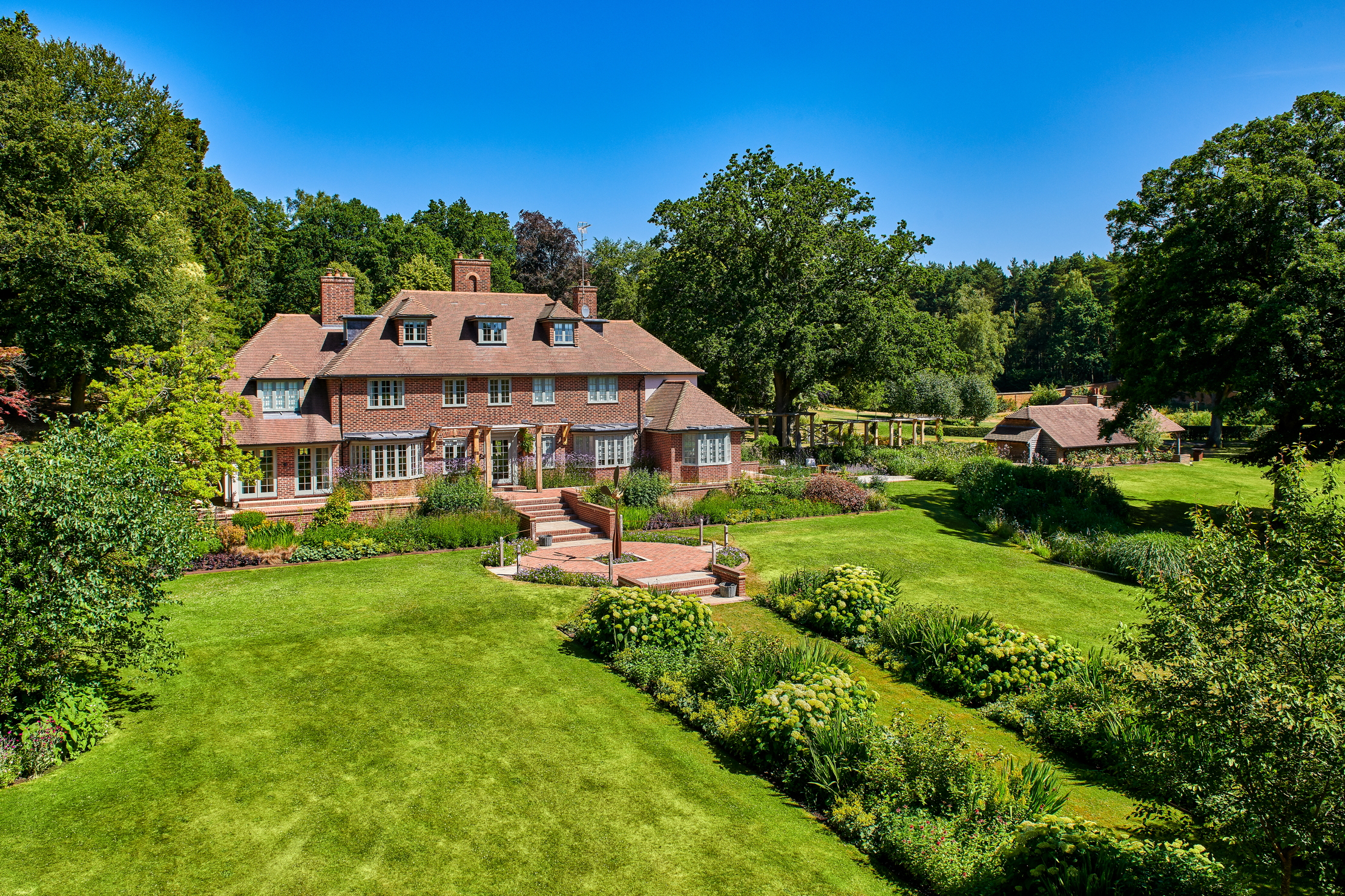 An eight-bedroom home in Surrey where an army of robots will look after your lawns
An eight-bedroom home in Surrey where an army of robots will look after your lawnsDo not fear the bladed guardians of Monksfield House. They are here to help.
By James Fisher Published
-
 A French castle for sale on the banks of the Dordogne? With a swimming pool? Where do we sign?
A French castle for sale on the banks of the Dordogne? With a swimming pool? Where do we sign?This chateau in Lalinde is nothing short of a historical delight in the south of France. And it comes fully furnished.
By James Fisher Last updated
-
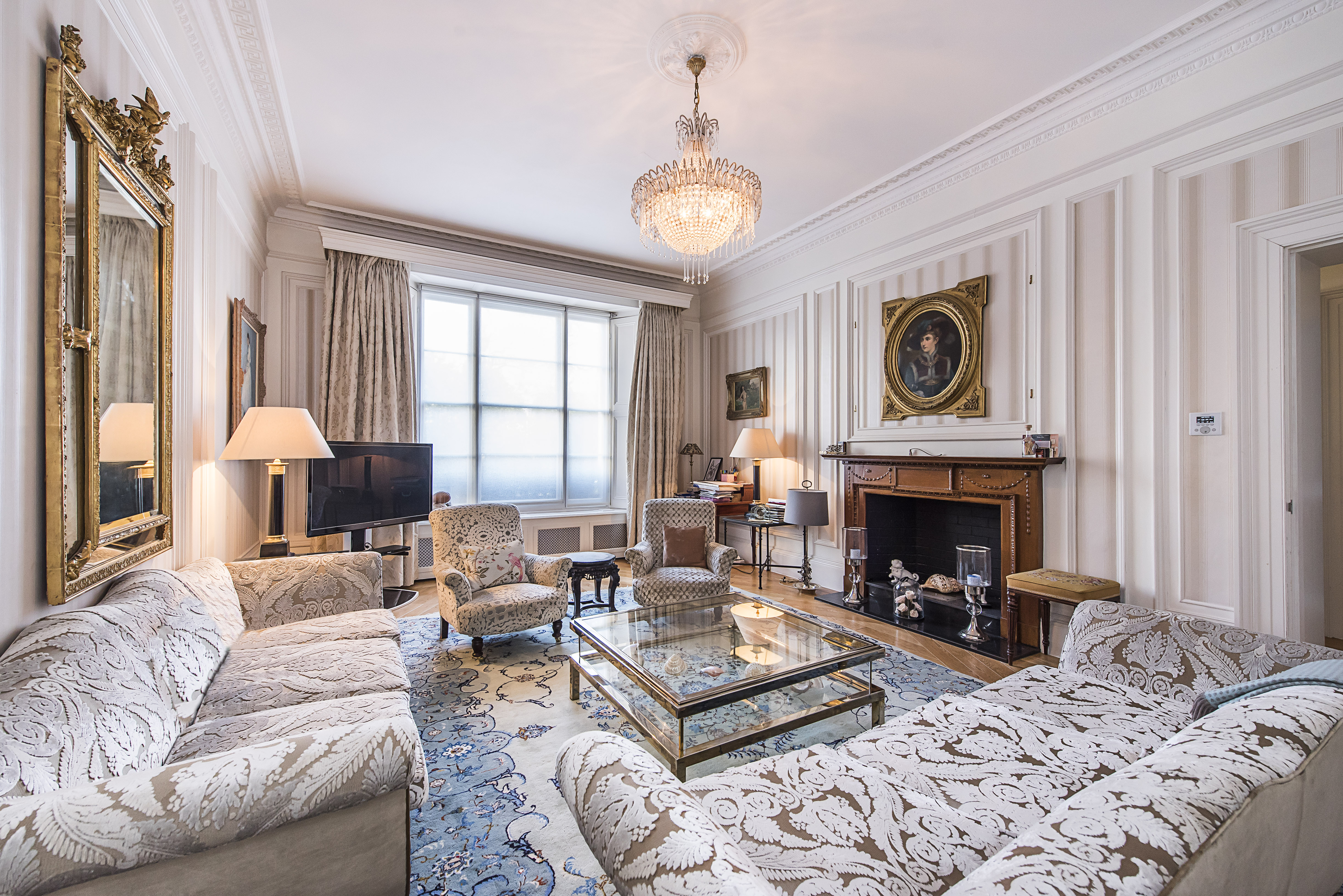 Sip your morning tea where Churchill once paced, as his former Pimlico home comes up for sale
Sip your morning tea where Churchill once paced, as his former Pimlico home comes up for saleThe five-bedroom flat in Eccleston Square offers ‘historical gravitas and modern comfort’ in a leafy pocket of London.
By Annabel Dixon Published
-
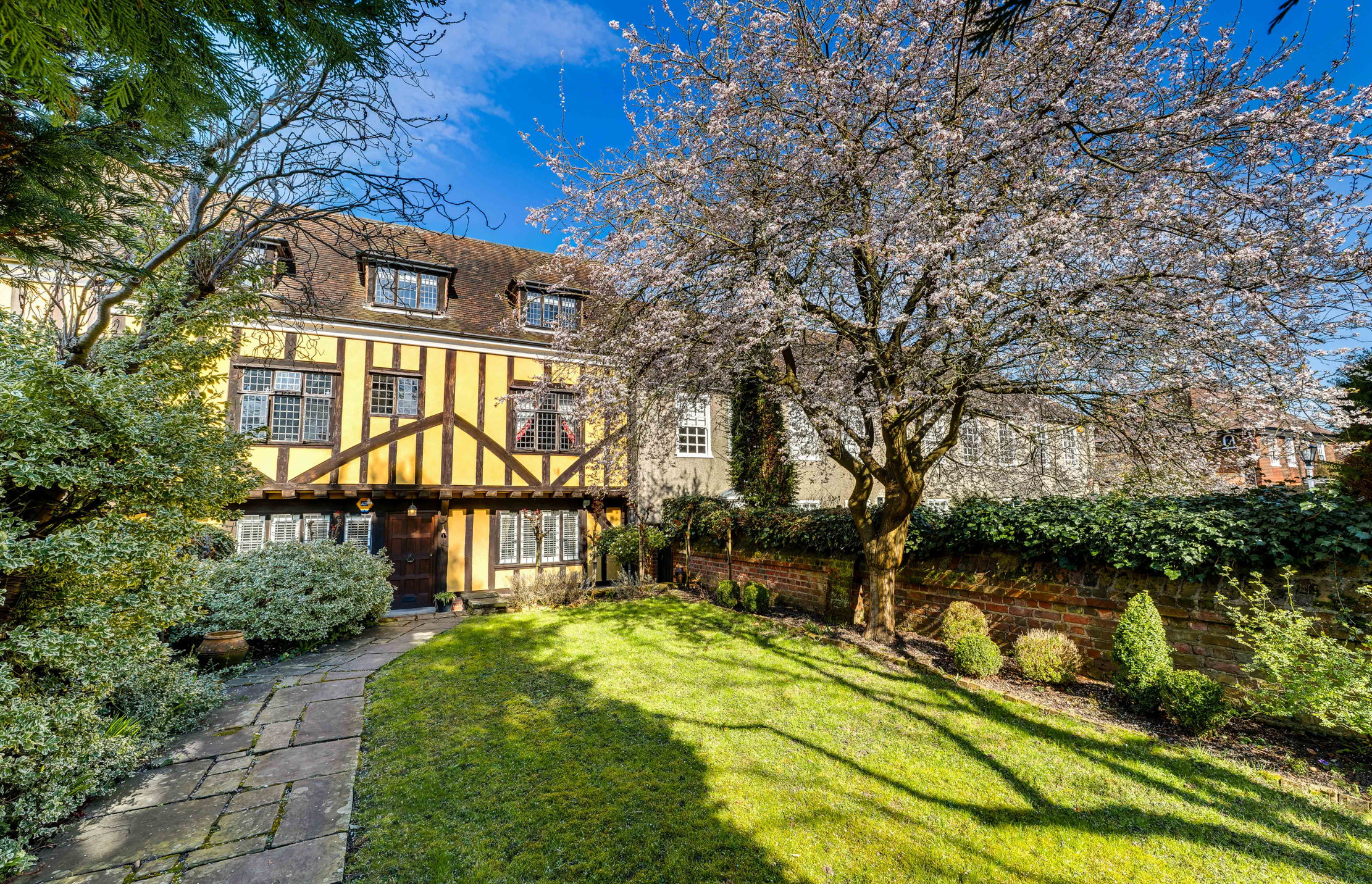 Live a life of Tudor fancy in this five-bedroom London home with links to Cardinal Wolsey and Henry VIII
Live a life of Tudor fancy in this five-bedroom London home with links to Cardinal Wolsey and Henry VIIIFans of Wolf Hall rejoice, as a rare chance to own a Tudor home inside the M25 comes to market.
By James Fisher Published
-
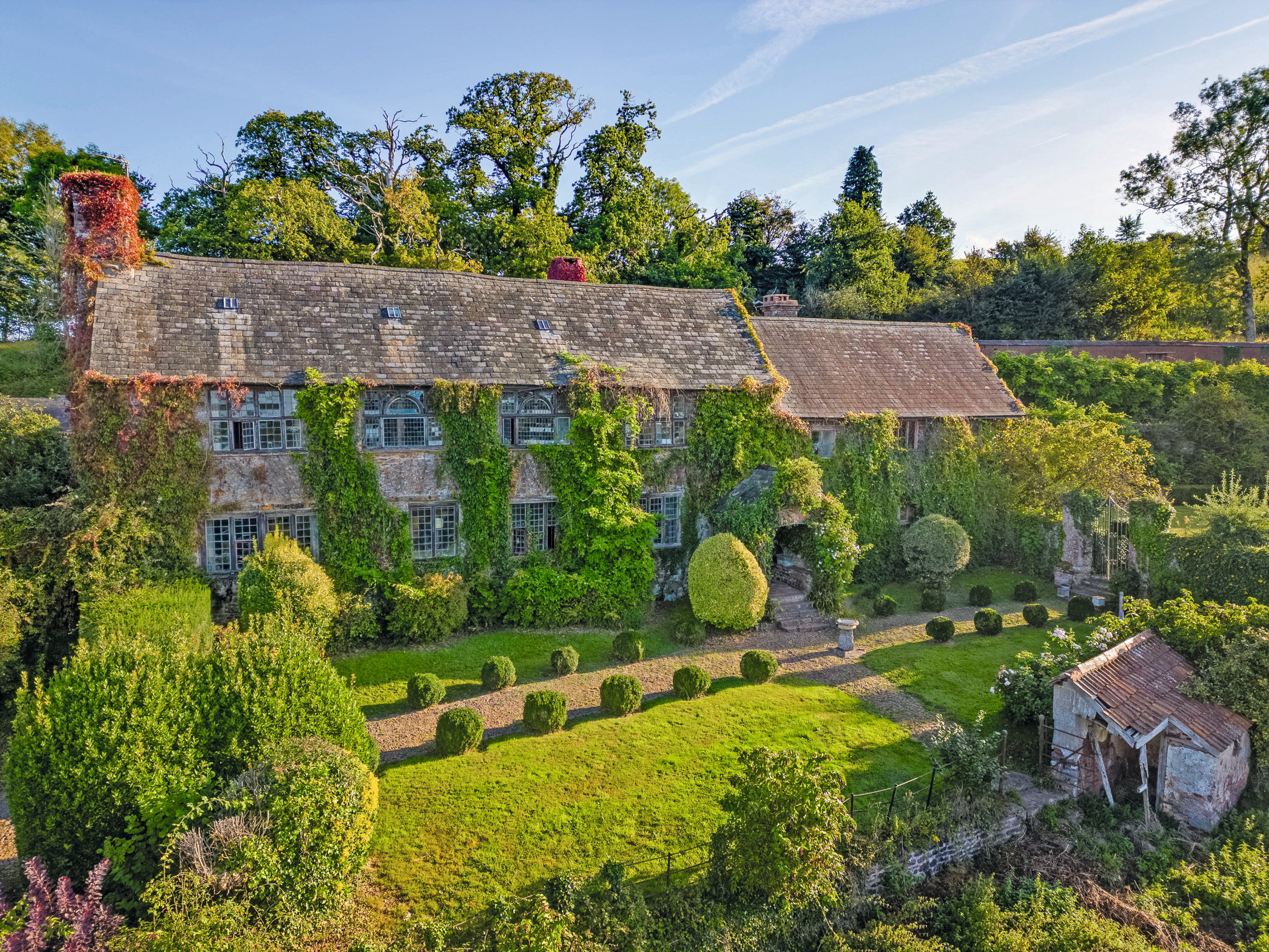 Murder, intrigue and 'the magic of a bygone era' at this eight-bedroom home set in 25 acres of Devon countryside
Murder, intrigue and 'the magic of a bygone era' at this eight-bedroom home set in 25 acres of Devon countrysideUpcott Barton is a family home steeped in history and comes with more than 5,000sq ft of living space.
By Penny Churchill Published
